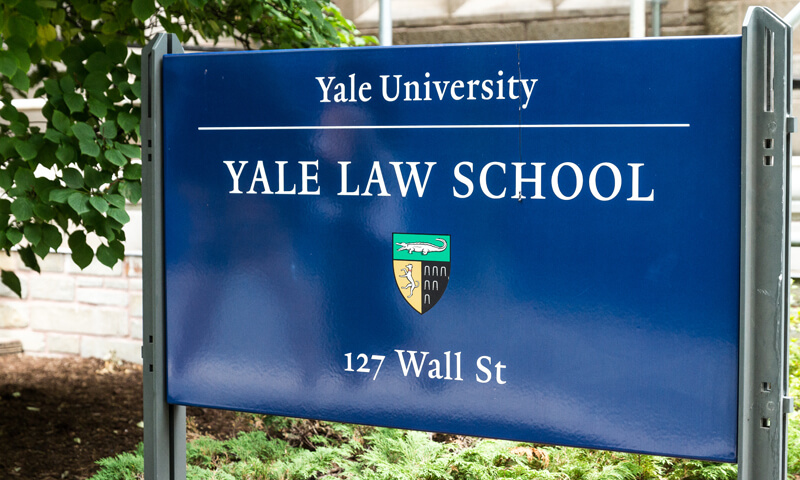
Introduction
To address underrepresentation within the legal profession and navigate the shifting landscape of diversity initiatives, the New York State Bar Association has released a comprehensive report. This initiative, spearheaded by the Task Force on Advancing Diversity, is a proactive response to recent legal developments and aims to broaden access to legal education and careers. This article delves into the key recommendations outlined in the report and highlights the critical areas where the legal industry can effect change.
Reforming Law School Admissions
The task force has urged law schools to rethink their admissions criteria. They recommend moving away from an overreliance on standardized testing and grade-point averages to promote diversity. Instead, the report suggests considering broader measures to identify strong candidates. This approach aims to create a more inclusive admissions process.
Enhancing Outreach and Inclusivity
Another vital recommendation focuses on increasing outreach efforts to prospective applicants. Law schools are encouraged to ensure their marketing materials are welcoming to diverse candidates. This approach aims to remove barriers and inspire individuals from all backgrounds to pursue legal education.
Advance your legal career and achieve your professional goals – sign up for LawCrossing now.
Revamping Law Firm Recruitment and Diversity Programs
Law firms have been advised to expand their recruitment efforts to encompass a more comprehensive array of law schools. Additionally, they are encouraged to conduct regular audits of their diversity programs to identify potential legal risks. Documenting the achievements of these programs and ensuring that leadership is committed to their success is vital in fostering a diverse legal workforce.
Promoting Diversity in the Courts
To diversify the judiciary, the task force emphasizes the importance of promoting judgeships as viable career opportunities for attorneys from diverse backgrounds. Strategic plans are recommended to bolster diversity within the judicial system actively.
Task Force Leadership
The 50-member task force, convened in June, was co-chaired by former Homeland Security Secretary Jeh Johnson, former U.S. Attorney General Loretta Lynch, and Brad Karp, chair of Paul, Weiss, Rifkind, Wharton & Garrison. The group also included 15 law firm chairs and three law school deans, highlighting the collaborative nature of this endeavor.
Challenges and Legal Landscape
The report arrives at a critical juncture, with law schools reevaluating their admission processes following the U.S. Supreme Court’s recent decision regarding race-conscious college admissions. Additionally, two major law firms face lawsuits related to their diversity fellowship programs, intensifying the pressure on longstanding diversity initiatives in the legal field.
Innovative Approaches to Diversity
The report suggests considering socioeconomic status and the high school attended as alternative factors for achieving diversity without directly considering race. Moreover, increasing financial aid opportunities is identified as a means to make legal education accessible to a broader spectrum of potential students.
Partnerships for Diversity
The task force recommends that law firms and companies establish partnerships with clients that prioritize diversity. Collaboration in this regard can help drive progress and create a more inclusive legal industry.
Conclusion
In the face of evolving legal challenges and the imperative for greater diversity, the New York State Bar Association’s report offers a comprehensive guide to promote inclusivity within the legal profession. It underscores the significance of proactive measures to create a legal community that reflects the diversity of society and reinforces the principles of diversity, equity, and inclusion.
Don’t be a silent ninja! Let us know your thoughts in the comment section below.












































